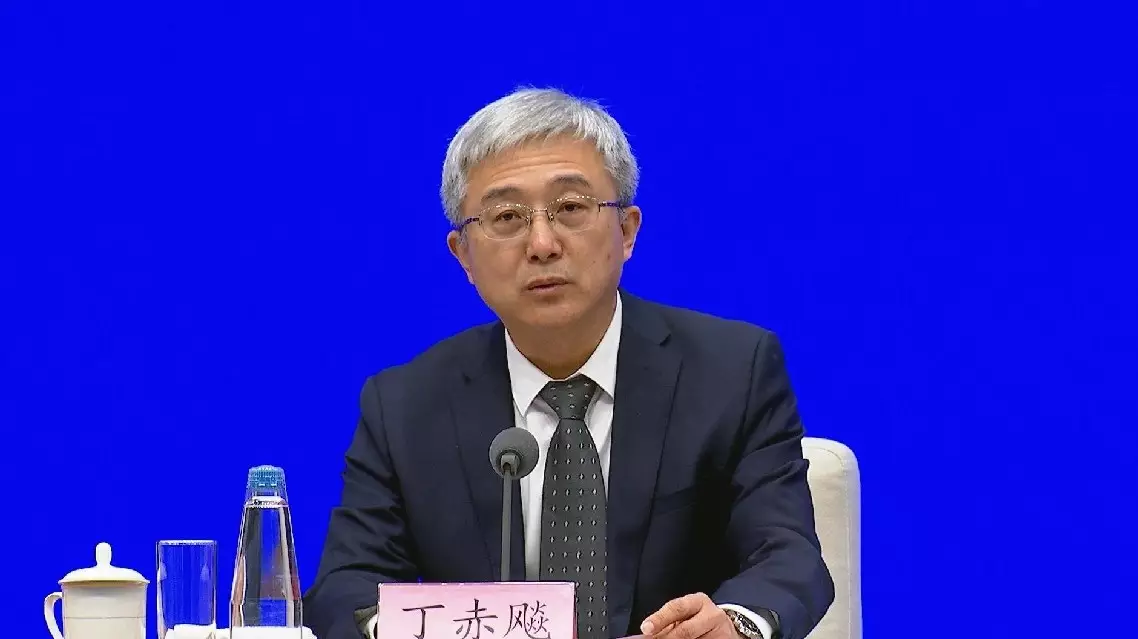China on Tuesday unveiled a national medium- and long-term development program for space science, which will guide the country's planning of space science missions and space research from 2024 to 2050.
The program, the first of its kind at the national level, was jointly announced by the Chinese Academy of Sciences (CAS), the China National Space Administration and the China Manned Space Agency at a press conference held by the State Council Information Office in Beijing.
The program outlines the development goals of China's space science, including 17 priority areas under five key scientific themes after the country's space science efforts, marked in recent years by successful dark matter, quantum and space physics missions, are transitioning into an accelerated development phase.
The five key scientific themes include the extreme universe, space-time ripples, panoramic view of Sun-Earth, habitable planets, and biological and physical sciences in space, Ding Chibiao, vice president of the CAS, said at the press conference.
"The overall goal is to lay out and demonstrate the implementation of national space science tasks in stages, coordinate and strengthen mission-driven basic research, cultivate a high-calibre talent team for space science, continuously make iconic original achievements with significant international influence, achieve high-quality development of China's space science, ascend to the world's forefronts, and become a powerhouse of space science. In addition, the plan proposes five major scientific themes and 17 priority development directions in which China is expected to make breakthroughs," said Ding.
The theme of extreme universe focuses on exploring the origin and evolution of the universe, revealing the physical laws under extreme cosmic conditions. The priority areas range from dark matter and extreme universe to the universe's origin and evolution, as well as the detection of cosmic baryonic matter, according to the program.
The theme of space-time ripples centers on detecting medium to low-frequency gravitational waves and primordial gravitational waves, with the goal of uncovering the nature of gravity and space-time. The priority area within this theme is space-based gravitational wave detection.
The Sun-Earth panoramic view theme involves the exploration of the sun, the Earth, and the heliosphere to unravel the physical processes and laws governing the complex interactions within the Sun-Earth system. Priority areas include Earth's cycle systems, comprehensive observations of the Earth-Moon, space weather observation, three-dimensional solar exploration, and heliosphere exploration.
Scientists will also explore the habitability of celestial bodies in the solar system and exoplanets, as well as search for extraterrestrial life. Key areas in the subject cover sustainable development, the origin and evolution of the solar system, characterization of planetary atmospheres, the search for extraterrestrial life, and exoplanet detection.
The theme of biological and physical sciences in space seeks to reveal the laws of matter movement and life activities under space conditions to deepen the understanding of fundamental physics, such as quantum mechanics and general relativity. Priority areas encompass microgravity science, quantum mechanics and general relativity, and space life sciences.
The program also outlines a roadmap for China's space science development through 2050.
"In the first phase, leading up to 2027, China will focus on operating its space station, implementing the manned lunar exploration project, and the fourth phase of its lunar exploration program as well as the planetary exploration project. Five to eight space science satellite missions will be approved and a number of original achievements with significant international influence will be made during the period," said Ding.
"In the second phase from 2028 to 2035, China will continue to operate its space station operation, implement the manned lunar exploration project and construct the international lunar research station. Approximately 15 scientific satellite missions will be carried out and world-leading original achievements will be made during this period. In the third phase from 2036 to 2050, China will launch over 30 space science missions and ascend to an advanced world level in key areas," he said.

China unveils plan for space science until 2050

China unveils plan for space science until 2050

China unveils plan for space science until 2050









